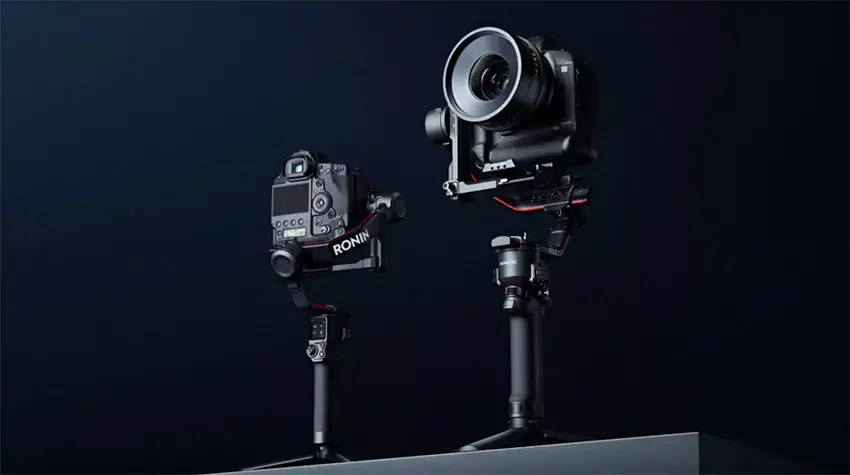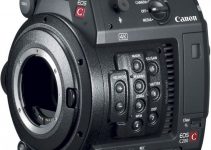Sometimes a necessity, shooting handheld is more often thought of as a stylistic choice. In traditional film productions, it is far from the default. It imparts a very obvious look and feel to your footage – one that isn’t universally loved.
Choices like this should help you better tell the story, not just be selected because they are in style. That is why you need to think about the most appropriate moments to actually use handheld cinematography as a tool. If you want to understand the types of scenarios where handheld shooting or gimbals are best suited, here is a rundown by filmmaker James Matthews.
Camera movement is among the most effective ways to help impart feeling and to better tell your story. It also helps add some visual variety and excitement. The two to focus on today are handheld and gimbal.
Handheld has a lot more energy behind it and a bit more of that erratic movement that can put you right in with some fast-paced action. The example provided is getting in the ring with boxers where that energy translates the motion of the subject. The trick is to contrast that with very stable movements on a tripod or slider.
Starting off with the stable shows keep things slow and then adding in the handheld shots builds up the intensity. Having some breathing room spread throughout can also help a lot.
Gimbals give you incredibly smooth handheld movements. It’s much different from pure handheld. If you are looking to get some beautiful, slow and smooth movements for something like a wedding this is where the gimbal works.
It can also replace things like a tripod or slider and take up less space since careful movements can look that smooth. A good example for gimbal use is in real estate where you just want to float through the location. Throw in some slow motion for good measure.

Image Credit: DJI
Another place to not use handheld is if the subject is static. Handheld can mimic explosive action on the scene, but if the subject is completely still then the handheld will just look and feel weird to your audience. For the opposite, if you subject is super active then the gimbal might just make the movements look odd and erratic.
Using the other type of movement before blending in or transitioning to the other is a good technique to build up tension and create a more immersive scene. You don’t want to shock the audience either.
Another aspect of handheld is that the audience can feel and recognize a human behind the lens. They might even be able to better connect with the shot and picture themselves standing there and looking at the subject from that position.
You also need to consider the movement of the subject. A ballerina or even a car could be very static doing relatively smooth movements. Handheld might throw off the feelings in the scene. Now, if you are in the car shooting the driver then the handheld look might make it feel intense and amazing.
For movement where you want the viewer to take in the scene and focus in on something then smoother gimbal shots are better. Think about what your actual subject is in the scene. Is it actually the person or is it an object near them? Is it the environment around them? In these case the smoother movements will help out.
Think about all these different aspects of the shot when you are planning your shots. Camera movement is incredibly important and can make a great shot even better.
[source: James Matthews]
Disclaimer: As an Amazon Associate partner and participant in B&H and Adorama Affiliate programmes, we earn a small comission from each purchase made through the affiliate links listed above at no additional cost to you.



